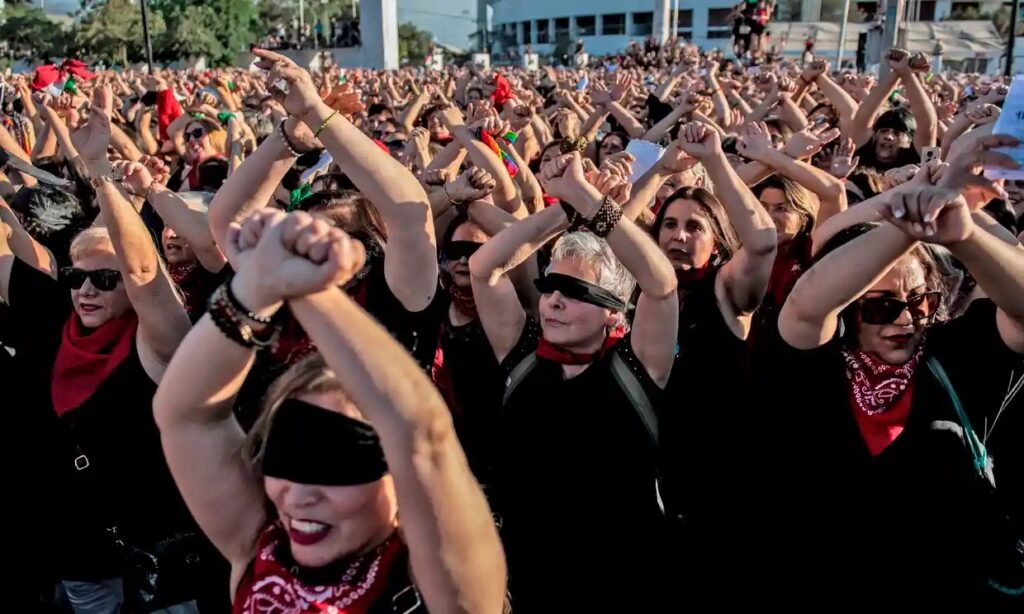It is important to recognize patriarchy as a system and not an individual identity because it is something that is taught. People are not automatically discriminatory. The patriarchal system instills hierarchy and advocates for oppression. This system was built in order to maintain a hierarchy based on things like gender, race, and class. Society was built around patriarchy and the ideas that originate from that system continue to be passed down.
The structural aspect of the patriarchy is the root of the issue. Our societal foundation causes the patriarchy to affect institutional, interpersonal, and personal oppression. Patriarchal culture puts men, especially white men, on a pedestal that gives them automatic privilege. This creates a mindset that men are more valuable and socially above others. Fostering misogyny, racism, and sexism. This structural oppression leads into institutional oppression. Since men are made to be superior in society, they are given superior opportunities and treatment. Their institutional advantages are disadvantages and oppressors for others. Institutional and structural oppression then leads into interpersonal and personal oppression because that same hierarchical mindset continues in personal matters. Society enforces that men are superior and everyone else is less than. The mistreatment, unappreciation, abuse, and oppression of those considered “less than” is normalized.
